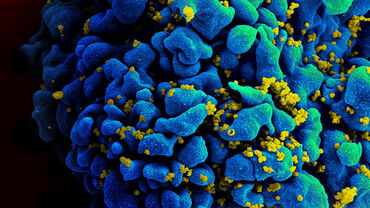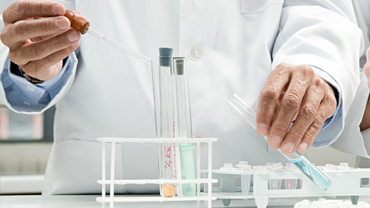Survey sees common trends in HIV testing strategies for blood, tissue, and cell donors across EU/EEA
The European Centre for Disease Prevention and Control (ECDC) is releasing the results of a survey that provides an overview of HIV testing strategies for blood, tissues, and cells donors within the European Union and European Economic Area (EU/EEA). The release marks a first step in understanding current practices as ECDC develops new guidelines concerning the prevention of communicable disease transmission through substances of human origin (SoHO), as part of ECDC’s expanded mandate.
Conducted in the first quarter of 2024, the survey gathered information from countries in the EU/EEA on their approaches to HIV testing for SoHO. While the results detail the specific findings for blood, tissues and non-reproductive cells, and reproductive cells, a key takeaway was the generalised use of molecular testing methods such as nucleic acid testing (NAT), in addition to serological testing across participating countries, and different SoHO fields.
These findings indicate a general move towards more sensitive testing methods to enhance the safety of blood, tissues, and cells for donation. The use of combined antigen-antibody tests for HIV-1 and HIV-2*, as well as of NAT testing for HIV-2 (in addition to HIV-1) in several countries, was also identified. The use of NAT testing for HIV-2 is often influenced by the type of commercial tests available in accordance with the In Vitro Diagnostics Regulation rather than solely by the epidemiological profile of the virus in each country.
This initial survey provides a valuable baseline of current testing practices within the EU/EEA. It underscores the existing commitment to ensuring the safety of blood, tissues, and cells for patients, and is an important step to strengthen and harmonise practices across the region. ECDC is responsible for the development of upcoming technical guidelines on the prevention of donor-derived transmission of communicable diseases through SoHO as outlined in the new regulation on standards of quality and safety for substances of human origin.
ECDC will continue to monitor SoHO donor testing strategies in EU/EEA countries, and future assessments will allow ECDC and the relevant countries to understand the impact of the guidelines on the donor testing strategies in the EU/EEA.
*HIV has two major types: HIV type 1 (HIV-1) and HIV type 2 (HIV-2). HIV-1 is responsible for the majority of infections in the EU/EEA and worldwide. At the same time, HIV-2 is estimated to represent less than 1% of infections in EU/EEA countries and is associated with a slower progression of the disease.
Read the report
Assessment
Survey on testing strategies for HIV in blood, tissues and cell donors within the EU/EEA
Report on the findings of a survey on testing strategies for HIV in blood, tissues and cell donors within the EU/EEA at the time of development of ECDC guidelines for the prevention of donor-derived transmission of human immunodeficiency virus (HIV) through SoHO.







